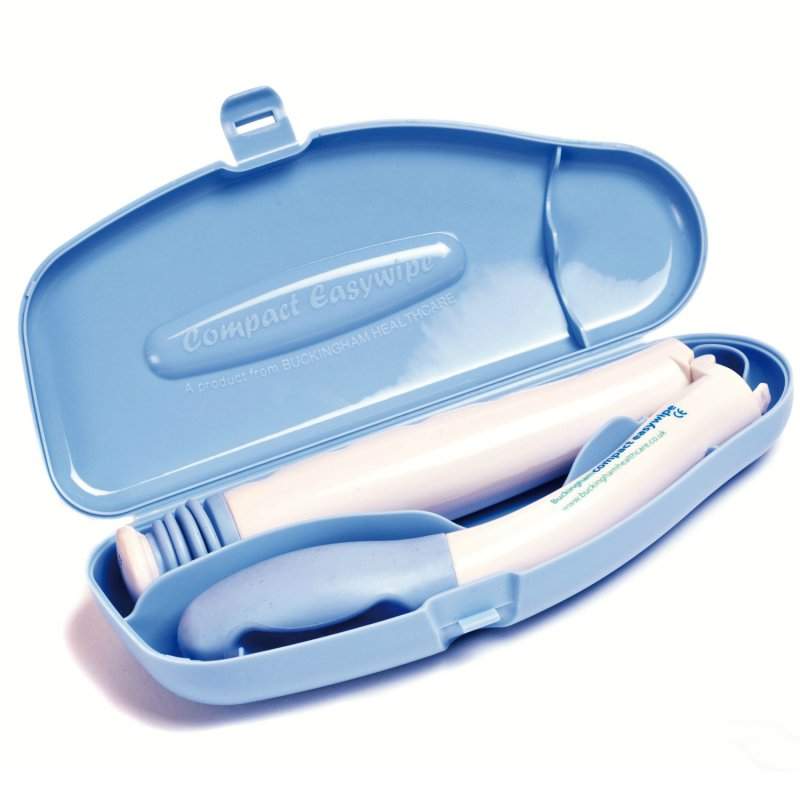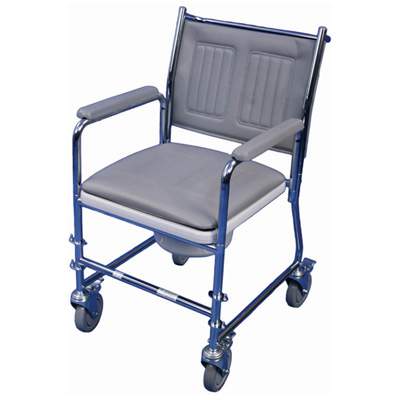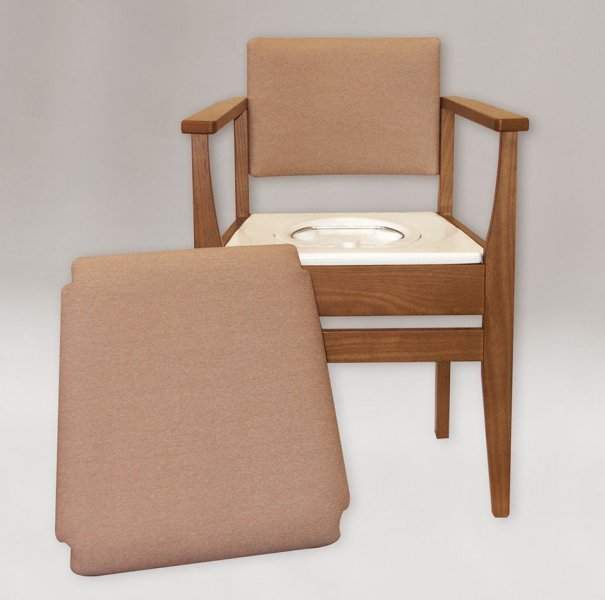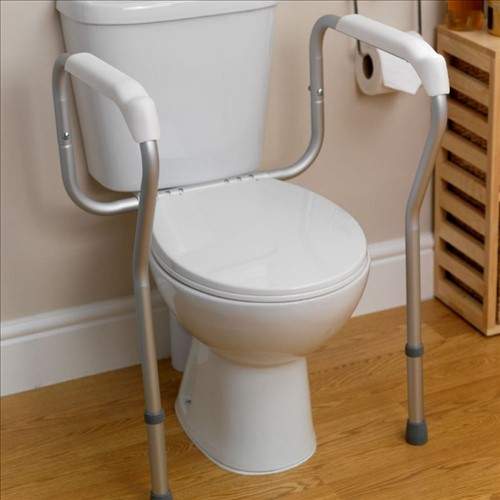
Toilet and bathroom aids are a relatively taboo topic and one that is not openly discussed. However, statistics from the English Housing Survey Home Adaptation Report 2019-20, found that 15% of households with a person under 55 required either a raised toilet or other toilet aid, compared with 25% or more of households with a person aged 55 or over requiring adaptations. The report also found bathrooms are the most commonly adapted, with 42% of households having some form of bathroom adaptation and 23% of households using toilet aids. So, with many of us needing adaptations to our bathrooms, and aids to help us with using the toilet, why is it not more commonly spoken about?
There are many reasons someone might find it difficult using a non-adapted toilet or bathroom, such as issues with mobility, stiffness in the limbs, back pain or issues with incontinence. There are some brilliant bathroom aids out there to suit many needs, but without the topic being widely spoken about, some people don’t know where to find them. We have included some options below with links of where to find them on our database and where to purchase them.
Instability and limited mobility can happen as a result of many different factors such as disability, aging, or recovery from surgery. For people experiencing limited mobility or instability, a non-adapted bathroom can feel unsafe. The usual hard flooring which can be slippy when wet make it an ideal environment for slips and falls. Shower frames and seats are helpful bathroom aids for individuals who experience instability when showering. They can be adjustable to the height of the user and can be used as a frame to assist whilst standing in the shower. Some also come with a clip-on seat which the individual can lower themselves onto, which is a great option for those who are unable to stand for periods of time.
People who have limited mobility or strength, arthritis, or back, leg and hip pain, for example, might find it difficult to transfer on and off the toilet. Toilet frames are a great option for people with reduced mobility as they are designed to bare your weight as you lower yourself down and lift yourself back up again. Toilet safety frames are especially helpful for individuals who have limited strength and are unstable when transferring, as they can be fixed onto the toilet to allow for maximum stability.
Raised toilet seats are also great for lifting the height of the seat for those with limited mobility and can make it easier to stand from. Those who have fragile skin or who have to sit for a long time, might develop sores or bruising whilst using regular toilet seats. Therefore, they may find that a padded raised toilet seat is a much more comfortable option, whilst also being safer as it raises the height of the toilet.
Another product which may help even further in transferring onto and off the toilet is a raised toilet seat and frame. The frame is height adjustable and can be raised to a suitable height for the user to be able to sit and stand. This may be especially helpful to support those who experience pain when transferring from standing to sitting.
For those who experience difficulties with dexterity in their shoulders and hands, or muscle stiffness, might find that a bottom wiper is a really helpful aid. The wiper arm holds the toilet paper in place, making it easier to reach around to wipe, and the paper can be disposed of by clicking a button to release it from the wiper.
Similarly, to make maintaining personal hygiene easier, portable bidets can be a great option for those who might find it difficult to wipe after using the toilet. They are designed to fit most toilet bowls or commodes and are ideal for bathrooms where a fully functioning bidet won’t fit. Also, as they are portable, they are a great option for those who travel often and would otherwise worry about their personal hygiene whilst away.
According to Incontinence UK, studies have found that incontinence affects 300 million people worldwide, equating to 5% of the population. It is also estimated that 7 million people in the UK have urinary incontinence (5-10% of the population), but that this number could be even higher as many people will not report their incontinence to a doctor. There are many reasons someone might experience regular incontinence. These include ageing, surgery, nerve damage, neurological disorders, pregnancy, menopause or some cancers such as prostate cancer in men. Again, incontinence is a taboo subject, and many people will not seek help or advice from a doctor.
Protection sheets may be helpful in making incontinence less stressful and much easier to manage. The material is absorbent and machine washable, so they can be used multiple times. For those who experience night-time incontinence some of the sheets come with wings so that they can be secured by tucking the sides under a mattress. For day-time protection you can also purchase sheets which fit in a wheelchair, or over an armchair or sofa.
Another useful toileting aid is a commode chair and is especially helpful for those who have difficulty getting to the toilet in time, due to illness, disability or injury. Some can be very discreet and are made to look like an attractive household chair. Mobile commodes are brilliantly practical as wheels also mean they are easy to manoeuvre into any room, making transferring onto the commode easier, and they can even be used in the shower if needed.
For those who are unable to leave their bed to use a commode or toilet, it might be more useful to use a bedpan or portable urinal. Portable urinals also usually come with a lid and can be ideal for individuals who get the sudden urge to use the toilet, during car journeys or when travelling.

An image of a bottom wiper in its case.

An image of a mobile commode.

An image of a deluxe commode.

An image of a shower frame and seat.

An image of a toilet safety frame.

An image of a padded raised seat.
This article is sponsored by Medequip – Manage At Home. We hope you have found this article helpful and informative. It’s important to note that this article has not been written by an Occupational Therapist and if you are experiencing issues with using the bathroom it’s important to get an assessment by a health practitioner.
To see the products on our website and for further information on where to purchase them, please click on the bold and underlined text. You can also find them listed below.
- Prima Shower Multi-Frame
- Universal toilet frame
- Pan fitted toilet surround safety frame
- Serenity toilet seat
- Padded raised toilet seat
- President raised toilet seat and frame
- Buckingham Easywipe toilet tissue aid
- Portable Bidet
- Washable incontinence protection sheet
- Deluxe commode
- Linton mobile commode
- Economy male urinal
Please see below for the sources used in this article.